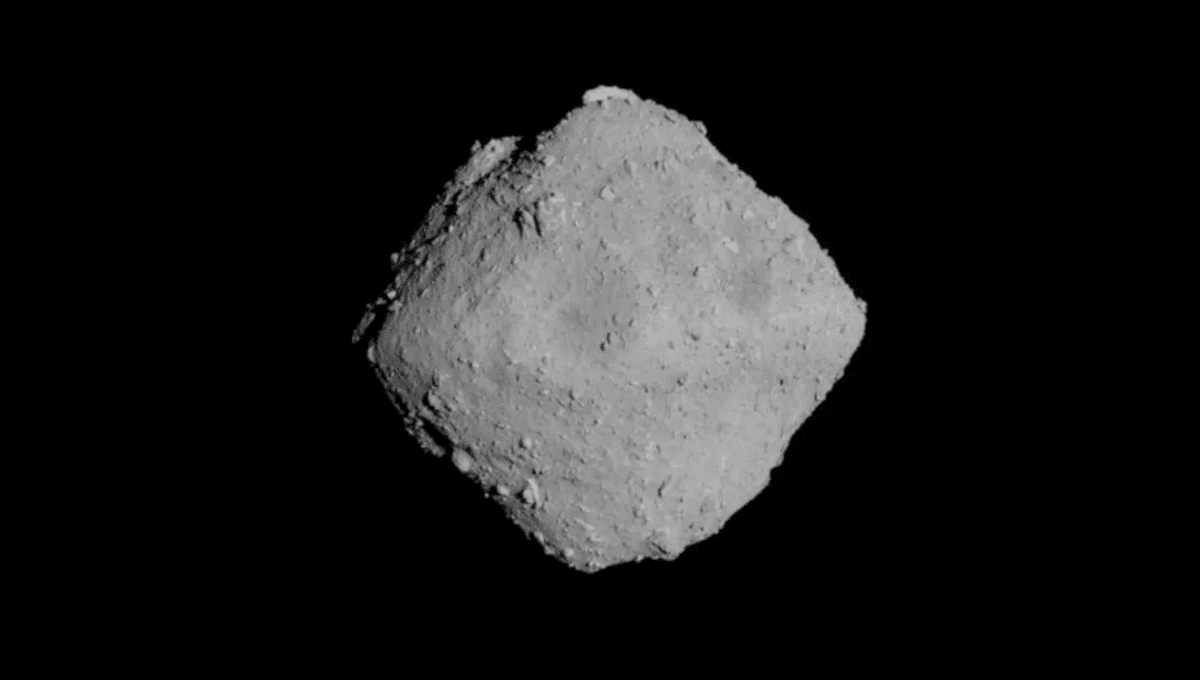
By burning plants from Australia, researchers have discovered that some molecules found in asteroids and meteorites formed long before the Sun, in the cold environment of interstellar space.
Three years ago, Hayabusa-2 brought back to Earth samples from the surface and below the surface of Asteroid Ryugu, and within them, many interesting molecules have been found. Among them, there are polycyclic aromatic hydrocarbons (PAHs).
Naphthalene, used in mothballs, is one well-known PAH, but there are many to be found in oil, natural gas, and coal, as well as burnt organic matter. They come in many different sizes and structures. Researchers compared the PAHs found in Ryugu and in the Murchison meteorite – which crashed on Earth five decades ago – with examples created by burning plants.
Specifically, they were comparing isotopes, which are different versions of the same element. Isotopes have the same chemical properties but different numbers of neutrons in their nuclei, making them slightly heavier or lighter. And usually, the rarer isotopes are radioactive. Carbon, for example, has isotopes; the most common is known as carbon-12, but we also find carbon-13 and carbon-14 in nature.
“We performed controlled burn experiments on Australian plants, which were isotopically compared to PAHs from fragments of the Ryugu asteroid that were returned to Earth by a Japanese spacecraft in 2020, and the Murchison meteorite that landed in Australia in 1969. The bonds between light and heavy carbon isotopes in the PAHs were analyzed to reveal the temperature at which they were formed,” co-author Professor Kliti Grice, from Curtin University, said in a statement.
The team found that the isotopes in the simplest, lighter PAHs (like naphthalene) from space must have formed far away from stars and solid bodies, where the temperature was hundreds of degrees below freezing. That was before the Sun started shining. But some of them, the bigger ones, formed during the age of the solar system.
“Select PAHs from Ryugu and Murchison were found to have different characteristics: the smaller ones likely in cold outer space, while bigger ones probably formed in warmer environments, like near a star or inside a celestial body,” Professor Grice added.
There are now even more asteroid samples on Earth thanks to the return of OSIRIS-REx with material from Bennu. This kind of analysis and even more work will potentially help scientists understand when and where the building blocks of planets and even life came to be.
“This research gives us valuable insights into how organic compounds form beyond Earth and where they come from in space,” co-author Dr. Alex Holman, also from Curtin University, added. “The use of high-tech methods and creative experiments has shown that select PAHs on asteroids can be formed in cold space.”
The study is published in the journal Science.
Source Link: Organic Molecules In Asteroid Ryugu Samples Came From Cold Interstellar Space